Premium Only Content
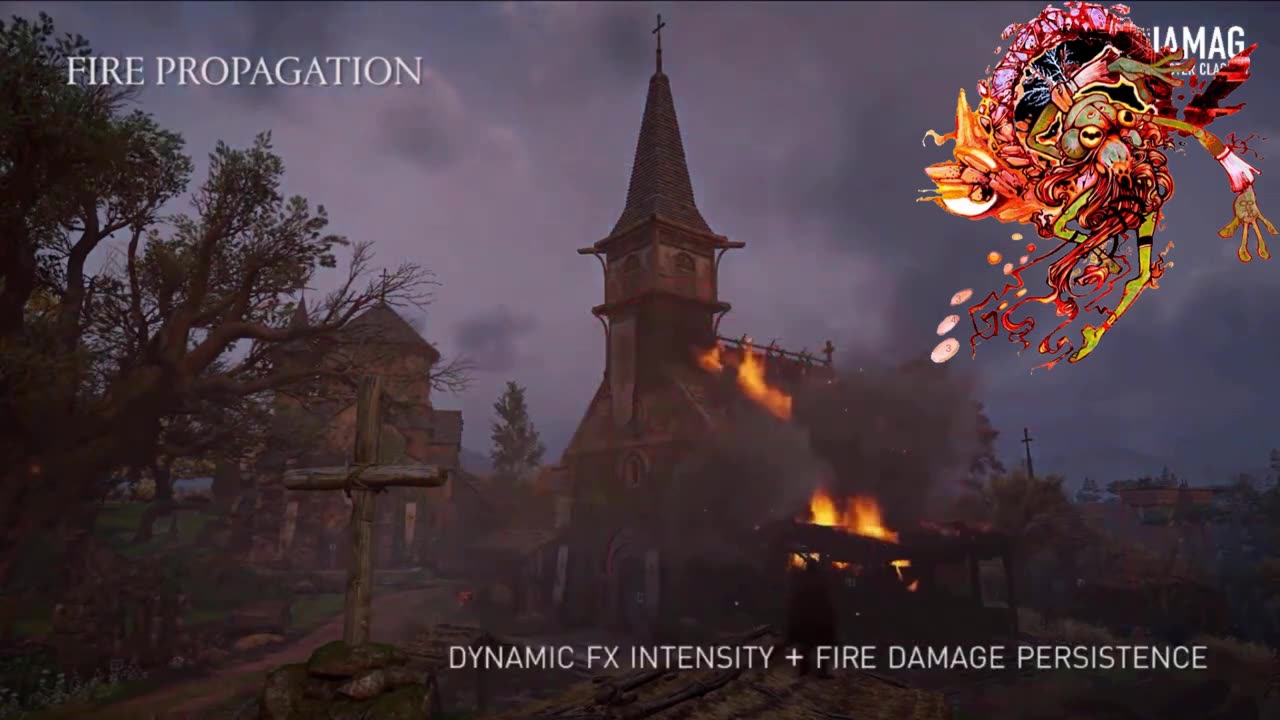
After The Gold Rush, When You Dance I Can Really Love, Neil Young, boxoffrogs, Raphael Lacoste
After the Gold Rush
When You Dance I can Really Love Album: After The Gold Rush (1970)
by Neil Young
I made this long ago with Microsoft Clip Champ... I've since moved on but the audio was horrible so I made it less horrible. 101 reasons I was never put in "marketing". Much love.
Except for the track "Birds", recorded on June 30, 1970, at Sound City Studios, the remainder of the album was recorded at various sessions in a makeshift basement studio ("Redwood Studios") in Young's Topanga Canyon home during March and April 1970 with CSNY bassist Greg Reeves, Crazy Horse drummer Ralph Molina and burgeoning eighteen-year-old musical prodigy Nils Lofgren of the Washington, D.C.-based band Grin on piano. The incorporation of Lofgren was a characteristically idiosyncratic decision by Young, as Lofgren had not played keyboards on a regular basis prior to the sessions. Along with Jack Nitzsche, Lofgren would join an augmented Crazy Horse sans Young before enjoying success with his own group as well as solo cult success and membership in Bruce Springsteen's E Street Band. Biographer Jimmy McDonough has asserted that Young was intentionally trying to combine Crazy Horse and CSNY on this release, with members of the former band appearing alongside Stephen Stills (who contributed backing vocals to "Only Love Can Break Your Heart") and Reeves. The cover art is a solarized image of Young passing an old woman at the New York University School of Law campus in the Greenwich Village district of New York City. The picture was taken by photographer Joel Bernstein and was reportedly out of focus. It was because of this he decided to mask the blurred face by solarizing the image. The photo is cropped; the original image included Young's friend and CSNY bandmate Graham Nash.
Songs on the album were inspired by the Dean Stockwell-Herb Bermann screenplay for the unmade film After the Gold Rush. Young had read the screenplay and asked Stockwell if he could produce the soundtrack. Tracks that Young recalls as being written specifically for the film are "After the Gold Rush" and "Cripple Creek Ferry". The script has since been lost...
"After the Gold Rush" is widely known as an environmentalism song, with its chorus, "Look at Mother Nature on the run in the 1970s" (changed to "in the 21st century" once the '70s ended). The song is actually far stranger than that, though. In the book Shakey, Jimmy McDonough summarizes that strangeness as well as anybody when he says, "Accompanied by a mournful French horn, Young tickles the ivories and sings a tale of time travel that culminates in an exodus to another planet."
The song is structured to take listeners through time. The first verse in set in the Middle Ages, the second in the time it was written in, and the third in the future. In 1992, Young explained it thusly: "[It's] about three times in history: There's a Robin Hood scene, there's a fire scene in the present and there's the future... the air is yellow and red, ships are leaving, certain people can go and certain people can't... I think it's going to happen."
After The Gold Rush is an acoustic album that led to many other confessional singer/songwriter works in the early '70s (James Taylor, Carole King, etc.). Young had injured his back lifting a slab of polished walnut and standing up to play his electric guitar was impossible. In addition, he had dropped Crazy Horse as his backing band so he prepared an album of acoustic songs.
In his extensive biography on Mr. Young, author Jimmy McDonough reveals that After the Gold Rush was an album loosely conceptualized around a screenplay of the same named written by child star, and Neil Young neighbor, Dean Stockwell.
Apparently the only two songs on the album that are based on the as-yet-unproduced screenplay are this song and "Crippled Creek Ferry," the closing song on the album.
After the Gold Rush has been covered a variety of artists, including Thom Yorke of Radiohead, The Flaming Lips, Dave Matthews & Tim Reynolds.
When Dolly Parton, Emmylou Harris and Linda Ronstadt recorded After the Gold Rush in 1999 for their collaboration Trio II, they got some unique insight into the song from the man who wrote it. Said Parton: "When we were doing the Trio album, I asked Linda and Emmy what it meant, and they didn't know. So we called Neil Young, and he didn't know. We asked him, flat out, what it meant, and he said, 'Hell, I don't know. I just wrote it. It just depends on what I was taking at the time. I guess every verse has something different I'd taken.'"
Two of the trio had previously recorded the song: Parton included a version with Alison Krauss on her 1996 album Treasures, and Ronstadt did a cover for her 1995 album Feels Like Home. Ronstadt listened to Young a lot when she was on the road touring, and particularly loved this song. "I would think, 'This is the future,'" she said. "Neil's seeing humans leaving the planet and go off to start a new space colony. I've always felt that Neil had a great deal of really uncanny prescience in his writing."
New York songwriter Patti Smith recorded a stark piano-and-vocal cover of this ecological paean for the closing track of her 2012 album Banga. Her version features a children's choir singing the chorus at the end. "'Constantine's Dream,' the song before it, is such a dark song," Smith explained to Billboard magazine. "It ends so darkly, with Columbus having a dream of the environmental apocalypse of the 21st century. Even though I fear that myself, I didn't want to end the record that way. I wanted to write a song that was more like the dawn that gave some kind of hope. Then I happened to hear 'After the Gold Rush;' I was sitting in a cafe and thought at least the two verses of Neil's song said what I wanted to say because it has a sense of optimism, but it's also at a cost. So I thought I'd just sing that, because that's what I wanted to say... And having children sing that with all their innocence and purity, I felt that brings out the danger of what he wrote."
In live performances, Young replaces the flute solo with a harmonica performance. Additionally, he's amended the final line to "Look at Mother Nature on the run in the 21st century" (it was originally "in the 1970s").
Randy Newman, who has generally been critical of Young's overtly political songs ("Southern Man" and "Alabama," for example) because they oversimplify complex topics, can't help but love After the Gold Rush. Said Newman: "I can't believe I liked 'After The Gold Rush,' because it doesn't hold up to analysis. I can't stand that sort of 'meadow rock' thing - Neil's doing it, and writing about a big issue in a simplistic way, but I still like it. I love it."
On January 9, 2020, Patti Smith performed After the Gold Rush on the Tonight Show Starring Jimmy Fallon. The performance created a lot of buzz.
When You Dance I can Really Love was one of two singles released off After The Gold Rush (the other was "Only Love Can Break Your Heart"). It has remained a regular live-performance staple and favorite among Young fans ever since, which is interesting because lyrically it contains none of the subtle poeticism that characterizes most of Young's writing. As Randy Newman puts it, "'When you dance, I can really love' - I mean, that's a stupid thing to say to a girl. It's really low-end IQ - it isn't above 100 - and Neil is not a low-IQ guy. He did it on purpose. That's funny."
The unforgettable piano on When You Dance I can Really Love is played by Jack Nitzsche. "That's a unique take," Young has said, "'cause that's the only take ever done in the studio by the Horse with Jack playing."
Nitzsche was very skeptical about his piano role. Nils Lofgren described him as "a little looped, and not convinced he should be playing piano on this song. One minute he would be up for it and just love the music, the next it would 'I'm not gonna do it.'"
He may have actually quit before getting the final record down, but Young continued pushing him.
This is the last record, to Young's recollection, that Crazy Horse guitarist Danny Whitten played on. "He wasn't lookin' too good at that point," Young said.
Whitten was the central inspiration for "The Needle And The Damage Done" and one of the key inspirations for the Tonight's The Night album.
According to Jimmy McDonough in Shakey, the band can be heard talking during the When You Dance I can Really Love's solo. His ears might be better than ours, but we can't discern it.
Raphael Lacoste lives in Canada, Montreal, with his family since 2002. He was born in 1974 in Paris, but lived mostly around Bordeaux, south west of France until he left for Canada.
He studied in 1993 at Fine Arts school, Art and Media option, Photography and Video, at the same time, he was photographer and composer for a theatre company "les Pygmalions". He was already attracted by the scenery, mood and lighting. The Company Gave him the opportunity in 1997 to work on "the little Prince" of St Exupéry, he did there his first 3D pictures that were projected on giant screens with Pani 6KW projectors, Raphael was also the screening coordinator.
Later in 1998, he went to CNBDI school (Angouleme, France) and got a European Master of Art in 3D animation, his movie "Nîumb" was screened at Siggraph 2000, Imagina 2000, Anima mundi 2001... He had teachers like René Laloux, Director of "Time masters", "Gandahar", "Fantastic Planet"... Raphael was very impressed by the work of his teacher and learned a bit of his knowledge...
Raphael Lacoste has been now Art director on Videogames and Cinematics (CG) for more than 7 years, he worked at Ubisoft on such licenses as Prince of Persia and Assassin's Creed (VES, AIAS, GDC awarded).
He won a VES Award in February 2006 for his work as Art Director on Prince of Persia the Two Thrones Cinematics.
His Focus now is to work as Senior Concept Artist, Matte painter and production designer for Film. He is skilled particularly in environments, moods, picture composition and lighting (see portfolio).
Raphael Lacoste was the Art Director at Ubisoft on such titles as Prince of Persia and Assassin's Creed. Winning two VES Awards, in February 2006 for his work on the "Two Thrones" cut scene from Prince of Persia and in 2017 for his work on "Assassin's Creed Origins".
Wanting to challenge himself in the film industry, Raphael stepped away from the game industry to work as a Matte Painter and Senior Concept Artist on such feature films as: Terminator Salvation, Journey to the Center of the Earth, Death Race, Immortals 2011, Repo Men, Jupiter Ascending...
As of 2009, Raphael has returned to the video game industry, working as a Senior Art Director for Electronic Arts Montreal and Ubisoft, as Brand Art Director on the Assassin’s Creed Franchise...
After working on many of the most successful assassin's Creed Titles, Raphael joined some of the original creators of the Franchise at Haven Studios inc as Artistic Director.
After the Gold Rush is the third studio album by the Canadian-American musician Neil Young, released in September 1970 on Reprise Records, catalogue number RS 6383. It is one of four high-profile solo albums released by the members of folk rock group Crosby, Stills, Nash & Young in the wake of their chart-topping 1970 album Déjà Vu. Young's album consists mainly of country folk music along with several rock tracks, including "Southern Man". The material was inspired by the unproduced Dean Stockwell-Herb Bermann screenplay After the Gold Rush.
-
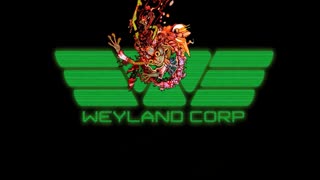 25:56
25:56
Psychological operations
12 days agoI Don't Know Road To Nowhere You Can't Kill Rock And Roll Over The Mountain Suicide Solution
754 -
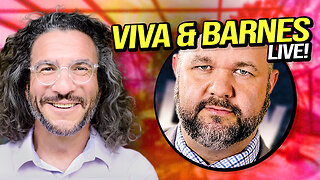 2:08:53
2:08:53
vivafrei
18 hours agoEp. 252: Liberals DISQUALIFY Candidate from Race! DOGE Wins & Loses; Rumble Sues BRAZIL! & MORE!
138K242 -
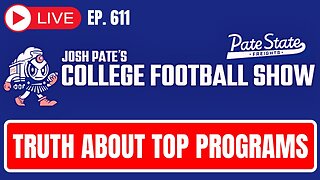 1:15:12
1:15:12
Josh Pate's College Football Show
9 hours ago $18.15 earnedCFB’s Top 12 Programs | TV Executives & Our Sport | USC Changes Coming | Early Championship Picks
73.7K2 -
 LIVE
LIVE
Vigilant News Network
13 hours agoUK Government BUSTED in Secret Plot to Extract Your Data | Media Blackout
1,633 watching -
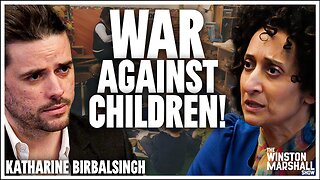 1:03:32
1:03:32
Winston Marshall
3 days ago"War On Children!" The DEMISE Of The West Starts With Schools - Katharine Birbalsingh
116K66 -
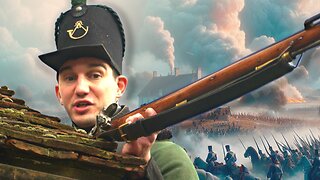 48:02
48:02
Survive History
16 hours ago $7.38 earnedCould You Survive as a Sharpshooter in the Napoleonic Wars?
65.2K3 -
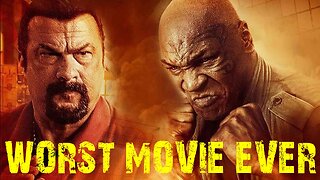 12:03
12:03
Space Ice
17 hours agoSteven Seagal's China Salesman - Mike Tyson Knocks Him Out - Worst Movie Ever
48.1K17 -
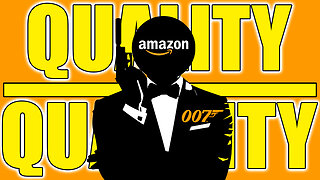 11:37
11:37
Degenerate Jay
16 hours ago $16.23 earnedJames Bond Needs Quality Over Quantity From Amazon
101K8 -
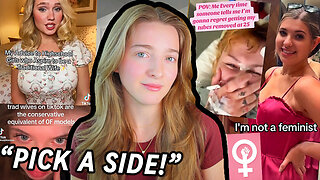 15:23
15:23
Misha Petrov
16 hours agoTrad Wives & Girl Bosses Go to WAR!
76.6K46 -
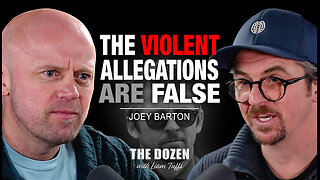 2:03:11
2:03:11
TheDozenPodcast
15 hours agoFootball villain fighting the state: Joey Barton
59.3K1